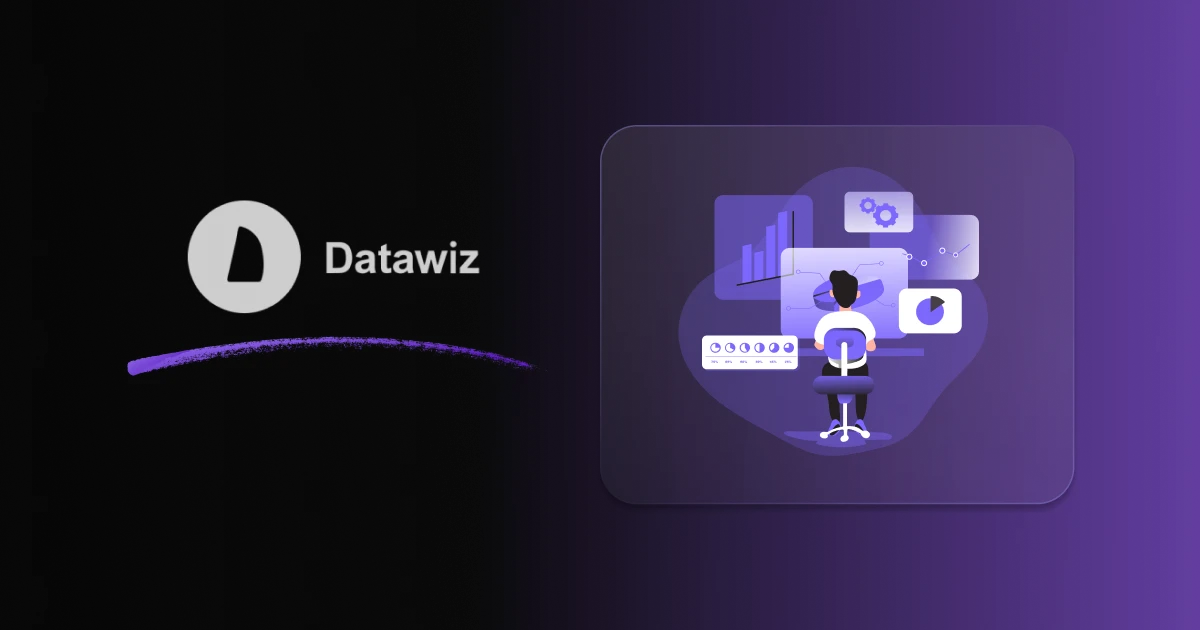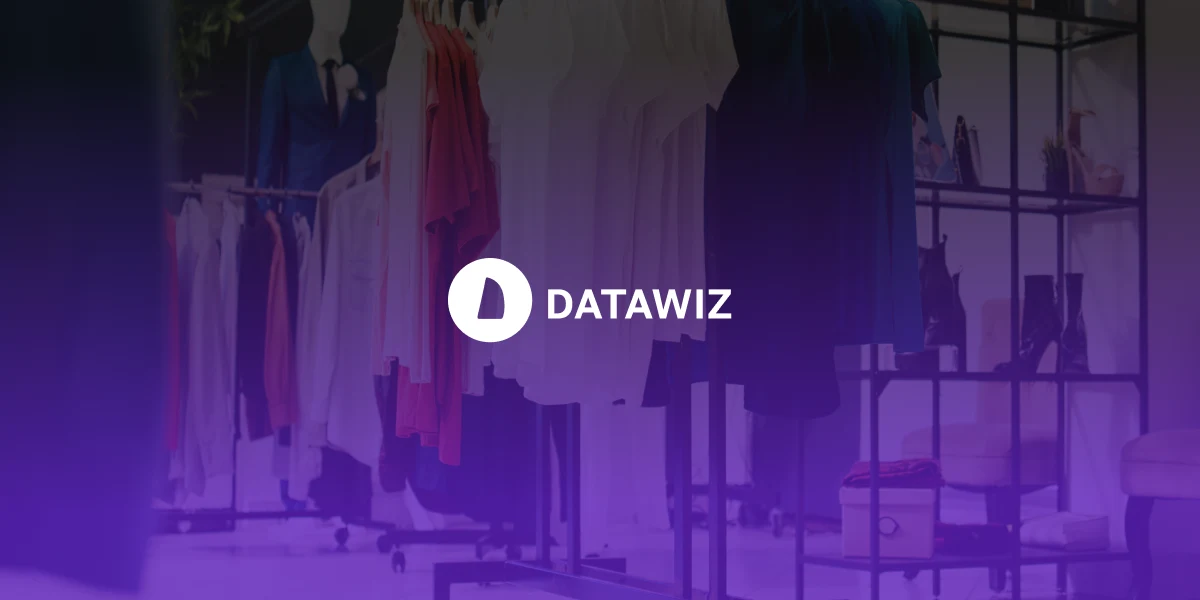In today’s competitive landscape, retail chains face pressure from every direction — shifting consumer behavior, supply chain disruptions, new market entrants, and rising customer expectations. In such an environment, relying on intuition and fragmented data leads to missed opportunities and costly errors. This is where retail business intelligence becomes a game-changer.
By turning raw retail data into actionable insights, business intelligence in retail empowers decision-makers to drive profitability, enhance customer experience, and streamline operations. Whether you’re managing 10 stores or 1,000, a unified view of your retail performance — from inventory to marketing — can mean the difference between thriving and merely surviving.
What Is Retail Business Intelligence?
Retail business intelligence is the process of collecting, integrating, analyzing, and visualizing retail data to support strategic and tactical decisions. It’s not just about dashboards — it’s a dynamic system that connects various data points across your organization, such as:
- Sales data (online and offline)
- Inventory levels
- Foot traffic patterns
- Customer demographics and behaviors
- Pricing changes
- Promotional performance
- Supply chain metrics
Business intelligence in the retail industry helps organizations uncover customer trends, identify operational inefficiencies, monitor competitor performance, and ultimately, make smarter decisions at every level.
Core Components of Retail BI Analytics
Retail BI is not a single tool or report. It’s an ecosystem made up of interconnected components that work together to support daily operations and long-term strategy. The stronger each element is, the more reliable your insights become.
1. Multi-Source Data Collection
Data is gathered from all business channels, including eCommerce platforms, POS systems, CRM software, ERP tools, loyalty programs, social media, and store traffic sensors. For example:
- POS systems capture real-time sales per SKU
- Inventory management tools track stock levels, reorder points, and product movement
- Foot traffic analytics measure store visits and conversion rates
This data becomes the raw material for your retail intelligence engine.
2. Integration & Centralization
Effective retail bi begins with bringing data together in a central, cloud-based repository where it can be cleansed, standardized, and benchmarked. Without clean, consistent data, even the most advanced tools deliver flawed insights.
Key practices include:
- Running periodic data accuracy audits
- Using data governance policies
- Creating standardized checklists for manual processes like in-store inventory spot checks
3. Data Analysis and Modeling
Once clean and centralized, your data is analyzed to find patterns, correlations, and forecasts. Advanced analytics can uncover:
- Product demand trends by location or season
- Sales anomalies
- Customer segmentation by behavior and preferences
- Supply chain inefficiencies
Predictive models help forecast demand, prevent stockouts, and optimize pricing strategies in real time.
4. Data Visualization and Dashboards
Interactive dashboards make complex data digestible. Store managers can track performance by daypart, region, or store type. Executives can see high-level summaries and drill down when needed.
Top features of high-performing BI dashboards include:
- Store-level comparison tools
- Sales and margin alerts
- Product-level performance heatmaps
- Footfall vs. sales conversion visualizations
These tools turn retail data into visual stories your teams can act on.
Benefits of Business Intelligence in Retail
Retailers using retail business intelligence software enjoy a wide range of benefits that directly impact the bottom line. Here’s a detailed look at the most valuable outcomes:
1. Enhanced Inventory Accuracy
Retailers struggle with balancing stock — too little, and you lose sales; too much, and you tie up capital. BI tools provide real-time inventory insights to:
- Forecast demand and prevent stockouts
- Identify slow-moving products
- Set optimal reorder points
- Highlight high-carrying-cost SKUs
- Spot expired or near-expiry goods
For instance, BI might reveal that while your cherry-scented candles are low in stock, vanilla-scented versions — currently trending on TikTok — are even more in demand. With these insights, you know where to prioritize restocking for higher margins.
2. Smarter, Dynamic Pricing
Instead of reacting slowly to market changes, retail bi analytics helps automate pricing decisions using data like:
- Seasonal demand patterns
- Local weather
- Inventory levels
- Promotion effectiveness
- Competitor price trends
BI might show that wooden dining tables see a surge in demand during Q1. Retailers can then increase the price accordingly, maximizing profit while demand is high.
3. Personalized Shopping Experiences
Modern customers expect personalized interactions. BI enables segmentation based on:
- Browsing history
- Cart abandonment
- Loyalty program data
- Purchase frequency and timing
Sales associates using mobile POS systems can use this data to recommend related products or upsell during checkout. A customer who previously bought hiking gear, for example, might be shown high-performance socks or offered a VIP discount on new arrivals.
4. Operational Efficiency
Retail BI tools streamline retail operations by identifying inefficiencies and opportunities to save. This includes:
- Optimizing staff scheduling based on historical foot traffic data
- Automating reorder processes
- Avoiding last-minute vendor rushes with improved supply forecasting
BI reduces the guesswork and lowers both labor and supply chain costs.
5. Strategic Decision Making with Confidence
From marketing to real estate to vendor negotiations, BI informs big decisions. With visibility into what’s working (and what’s not), you can adjust quickly.
A shopping center owner, for example, used location-based retail BI to demonstrate increased traffic, justifying rent increases during tenant renewals.
Retail BI Use Cases
Let’s explore specific ways retail intelligence translates into real business results.
1. Venue Performance Monitoring
Foot traffic, dwell time, and repeat visits give a real-world picture of store performance. Instead of relying on sales data alone, retailers can see how many people walk in, how long they stay, and what influences their behavior.
2. Consumer Journey & Cross-Shopping Insights
Retail BI can uncover where customers go before or after visiting your store. Do they grab coffee beforehand? Do they visit competitors after leaving? These insights help shape:
- Partnerships
- Store placement within malls
- Co-marketing opportunities
3. Market Trend Identification
Retailers can monitor regional trends and shifts in product categories. For example, if electronics sales are trending downward in a specific region, shifting marketing or assortment to match demand can protect revenue.
4. Competitor Benchmarking
Retailers can analyze competitor traffic, peak times, and performance shifts. For example, an electronics chain used location intelligence to evaluate competitor strengths before entering a new market — then adjusted pricing and merchandising to differentiate effectively.
5. Cannibalization Prevention
Opening too many locations too close together can dilute revenue. BI shows physical reach and customer overlap, helping chains:
- Close underperforming locations
- Relocate stores
- Avoid internal competition
6. Offline Advertising & Promotions
Footfall data combined with psychographic data helps retailers run precise offline campaigns. One food truck lowered advertising costs by targeting only zip codes where previous visitors came from.
Challenges of Implementing Retail Business Intelligence
Despite the clear advantages, many retailers struggle to fully realize the benefits of BI. Here are common challenges and how to overcome them:
1. Data Quality Issues
Incomplete, duplicate, or siloed data skews analytics and leads to poor decisions. Retailers should:
- Conduct random spot checks
- Integrate systems (e.g., POS, CRM, inventory)
- Assign data ownership
- Standardize data entry processes
2. Complex Integrations
Bringing together data from eCommerce, POS, supply chain, marketing, and more can be difficult. Retailers need platforms that support multi-source integration and minimize manual input.
3. Low Team Adoption
Many retail teams aren’t trained in data analysis. If BI tools are too technical, they won’t get used. Look for platforms that offer self-service dashboards, intuitive interfaces, and strong onboarding support.
4. Analysis Paralysis
Too much data can be overwhelming. Retailers should focus on a small set of high-impact KPIs tied to business goals, and set automated alerts for critical thresholds.
Essential Retail BI KPIs and Metrics
To get the most from your BI strategy, retailers must track the right KPIs. These include:
- Sales per square foot
- Average basket size
- Conversion rate (in-store and online)
- Foot traffic trends
- Inventory turnover
- Gross margin return on investment (GMROI)
- Customer retention and churn rates
- Year-over-year growth
- Store comparison (comps)
- Campaign ROI and attribution
When these metrics are visualized in BI dashboards, retailers can immediately spot underperforming products, poorly staffed shifts, or ineffective marketing campaigns.
Why Choose Datawiz for Retail Business Intelligence?
When it comes to reliable retail business intelligence software, Datawiz stands out for its retail-focused approach, intuitive dashboards, and robust analytics. It enables retail chains to:
- Analyze sales trends, foot traffic, and store performance
- Automate reporting and monitor KPIs
- Personalize the customer experience
- Optimize product assortment and pricing strategies
Whether you’re a store manager needing operational visibility or a C-suite executive tracking multi-store performance, Datawiz empowers better decisions with less friction.
In an industry where speed, personalization, and efficiency are everything, business intelligence in retail — it’s a core capability. Retailers who invest in retail bi analytics gain the insight they need to adapt fast, satisfy customers, and outperform the competition.
 Novedades
Novedades





 ¡No se necesita tarjeta bancaria!
¡No se necesita tarjeta bancaria!